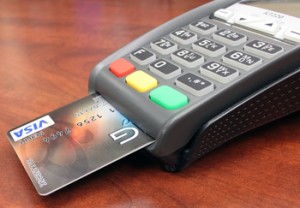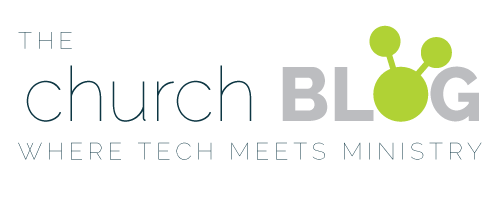As a means to limit credit card fraud, United States credit card issuers have begun to the use of chip cards or EMV (Europay, MasterCard and Visa), which is the type of credit cards that are already being used in almost every other country across the globe.
While US credit card issuers have been using the common magnetic strip on the back of the card, which contains unchanging data, the EMV cards are used for transactions via a computer chip that is physically located on the card, making fraudulent activity much less likely.
 This transition sounds like a step in the right direction of lowering the chances of fraud, but what does this change mean for churches and non-profit organizations who currently use magnetic strip card readers to accept donations?
This transition sounds like a step in the right direction of lowering the chances of fraud, but what does this change mean for churches and non-profit organizations who currently use magnetic strip card readers to accept donations?
Although switching your card reader to the new EMV format is not required, it is highly recommended. The liability of fraud has changed hands at the beginning of the month on October 1. Prior to this switch, credit card companies and banks who issued cards were held reliable for any fraudulent activity.
However, now whoever chooses not to switch to the new EMV devices will be held completely accountable for any fraudulent activity that takes place on the older card readers. This essentially means that churches or non-profit organizations processing payments with updated EMV credit cards on older magnetic strip card readers will be held 100 percent financially accountable for any fraudulent action.
More and more retail stores have made this switch as soon as possible, increasing the probability of fraudulent activity to take place on the more outdated card readers. This is why it is important for churches and non-profits to know the new liability rules and how they relate to their giving.
Churches need to be evaluating their card-processing devices and discussing with their online giving provider the necessary steps that need to be taken on their end to prevent any liability. Such giving devices such as card readers, giving kiosks and other electronic card readers are now commonly used by churches and non-profits to create an easier and more efficient way for their members to give.
With online giving growing on a daily basis, it is critical that churches and non-profit organizations are aware of the ramifications of continuing to use outdated card readers. With the liability switch, churches do not want to be unaware of the consequences of using the older card readers.

